Company: Nike
CEO: John Donahoe
Founders: Phil Knight and Bill Bowerman
Year founded: 1964
Headquarter: Beaverton, Oregon, USA
Number of Employees (2022): 79,100
Type: Public
Annual Revenue (2022): $46.71 Billion
Profit | Net income (2022): $6.04 Billion
Products & Services: Athletic wear | Leisure footwear | Apparel | Accessories | Sports equipment
Competitors: Adidas | Reebok | Puma | FILA | New Balance | Sketchers | Allbirds | Rothy’s | Under Armour | Lululemon | Anta | ASICS | Victoria Secrets
Fun Fact – Ever wonder about that iconic Nike swoosh logo? It was created by graphic design student Carolyn Davidson in 1971, symbolizing the Winged Goddess of Victory in Greek Mythology called Nike.

It is no secret that Nike is one of the most well-known and recognizable brands today, not just in the athletic and apparel segments. Nike has transformed its company past a standard retailer into something much bigger, and it shows. The company raked in more than $46 billion annually (2022) and keeps growing.
As a company with a surprisingly long history and significant growth, Nike is one to watch in terms of longevity and brand success.
The modest history of Nike began at the University of Oregon with an athlete, Phil Knight, and his coach, Bill Bowerman, in 1964. Together, the two started a company called Blue Ribbon Sports, which operated as a distributor for Onitsuka Tiger, a Japanese shoemaker.
Knight and Bowerman would travel to track meets across the state to sell their shoes out of the back of Knight’s car.
From humble beginnings to now, Nike is the world’s largest supplier of athletic shoes and apparel, surpassing its many competitors. In 2022, the athletic brand was valued at over $50 billion, which is the most valuable sports brand in the business, reports Interbrand.
In Forbes global ranking for 2022, Nike is ranked 13th best employer, 37nd World’s Best Employer and 105th best employer for veterans.
Part of Nike’s huge success is its focus on partnerships with professional athletes. Nike partners with many top athletes across the board to promote and advertise their products, apparel, and designs. The first professional athlete they brought on for endorsements was the Romanian tennis player Ilie Năstase.
In 2015, Nike secured its top position in basketball with its announcement of an 8-year deal with the NBA, beating out the league’s previous sponsor, Adidas. With this deal, at the beginning of the 2017/18 basketball season, all NBA franchise players and team members wear their uniforms (jerseys and shorts) with the iconic Nike Swoosh logo.
One of their most successful partnerships was that of famous basketball player Michael Jordan. The long-term partnership between Jordan and Nike resulted in the Air Jordan brand, one of Nike’s most popular and well-known brands.
Since the success of the Air Jordan brand, Nike continues to build partnerships with the big names in basketball, including signature designs by Jason Kidd, Vince Carter, LeBron James, Kevin Durant, Paul George, and the late Kobe Bryant.
In 2021, Nike’s renowned NEXT% platform revealed that footwear manufacturers can deliver barrier-breaking sports shoes using sustainable innovations to help protect the future of the planet.
Consumers are highly anticipating the release of Nike Air Zoom Alphafly NEXT% and the debut of two new Nike Air Zoom models. Nike’s ZoomX Vaporfly Next% has won several innovation awards.
There are many factors to attribute to Nike’s success, partnership deals, secured advertising placements, and the overall popularity of the brand, which makes Nike continue to grow and exceed competitors.
Nike’s Mission Statement
“Bring Inspiration and Innovation to every athlete in the world.”
Now let’s look at what it means.
- Groundbreaking Innovation
Nike believes that new ideas can change the way people play sport and change the world. Nike showcased its innovativeness by designing technologically advanced running shoes for Kenya’s Eliud Kipchoge, which helped the athlete clock a time of 1:59.40 around the 26.2 mile course.
- Sustainability
The company is focused on sustainability and solving the prominent environmental issues we face. Nike introduced Flyknit technology during London’s 2012 Olympics, which recycled 1 billion plastic bottles into the fabric for making footwear and apparel. The company was set to make the 2020 Olympic its most sustainable global tournament ever before it was canceled.
- Social Impact
Nike’s core priority is the community and social responsibility; that’s why their actions speak for themselves and invested more than $81 million back into the community. Nike’s Made to Play program has transformed the lives of over 15 million kids and helped train nearly 100,000 coaches.
- Diversity
Nike understands that critical changes need to happen within companies to promote diversity and inclusion. In 2021, Nike continued to maintain the “global pay equity ratio” for men to women and minorities.
Nike’s Vision Statement
Nike doesn’t provide a separate vision statement, but we can use a below statement to understand its vision.
“Our mission is what drives us to do everything possible to expand human potential. We do that by creating groundbreaking sport innovations, by making our products more sustainably, by building a creative and diverse global team and by making a positive impact in communities where we live and work.”
Nike’s Purpose
“Our purpose is to unite the world through sport to create a healthy planet, active communities, and an equal playing field for all.”
Here is our analysis of Nike’s purpose :
- Progress Sport
Moving the world forward is at the heart of Nike’s vision. That’s why Nike invests and partners with community organizations around the world to progress sport and level the playing field.
For decades, Nike has designed shoes that took different sports to the next level. Nike’s Vaporfly Next% shoes helped Kenyan runner to become the first human to complete a 26.2-mile marathon in under 2h.
This record is regarded as one of the biggest human achievements in athletics, and Nike played a critical role.
- Equality
In today’s divisive world, equality and inclusion are fundamental pillars in any company and workplace. Nike is committed to fostering an environment where respect, inclusion, and empowerment are practiced daily.
The company recruited Megan Rapinoe, Lebron James, Serena Williams, Colin Kaepernick, and over 30 other athletes to spearhead its equality campaign for 2020.
Through sport, the purpose of Nike is unity. Nike strives to create active communities, a healthy planet, and a level playing field for all of us.
Nike’s Core Values
Nike’s key values center around its vision, mission, and purpose.
Nike’s Core values are:
- Community
- Sustainability
- Diversity
- Social responsibly
These values are the core of Nike and continue to move the company forward, even in an unknown global future. These core values shine in the company’s dedication to success in business and society.
In a letter from Nike’s President and CEO, John Donahoe stated,
“I believe in sport’s capacity to transform lives and communities. And at a time when our society is more fragmented than ever when polarization is wearing down our institutions, and climate change is threatening our very survival, I believe in the power of sport to bring us together to change the world for the better.”
Conclusion
Nike’s mission, vision, purpose, and values are clear. The company uses these guiding principles to model its brand based on equality, diversity, social and environmental impacts, and the evolution of the sport.
When asked about the future of the company, John Donahoe, President, and CEO of Nike, wrote,
“we will continue to strive to bring the sport to kids and communities everywhere by scaling more sustainable solutions that teams across NIKE are tirelessly developing every day. We will continue to innovate for all athletes everywhere to help ensure an equal playing field for all and to challenge existing systems while we drive toward a more circular future. At NIKE, we lead. And as we challenge ourselves to always do better and think bigger, we can and will create the future we want to see.”
References & more information
- Featured image credit: Pexels from Pixabay
- Image credit: Couleur from Pixabay
- nike.com
- Nike’s Purpose
- Nike’s CEO Letter
Tell us what you think? Did you find this article interesting?
Share your thoughts and experiences in the comments section below.


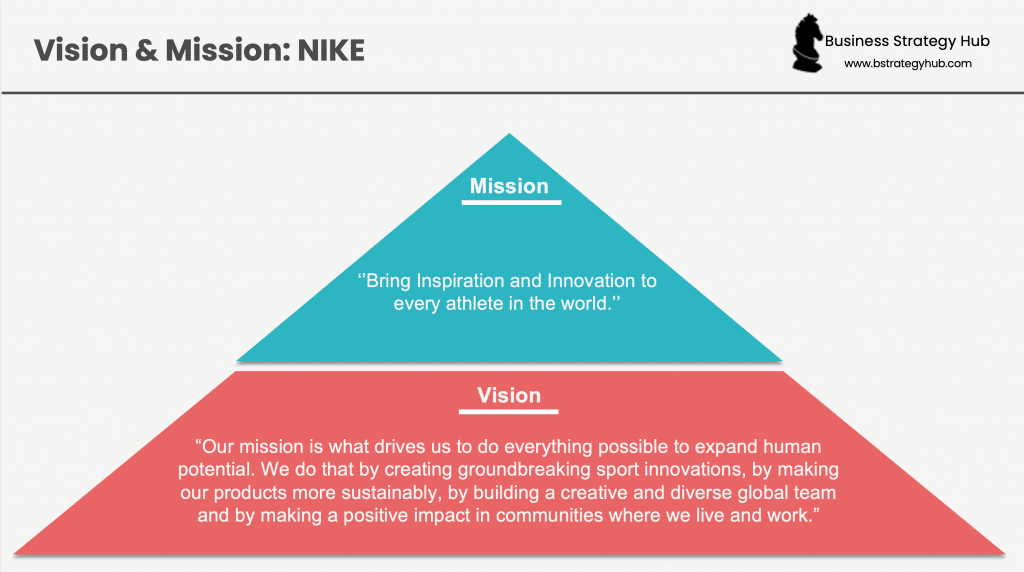
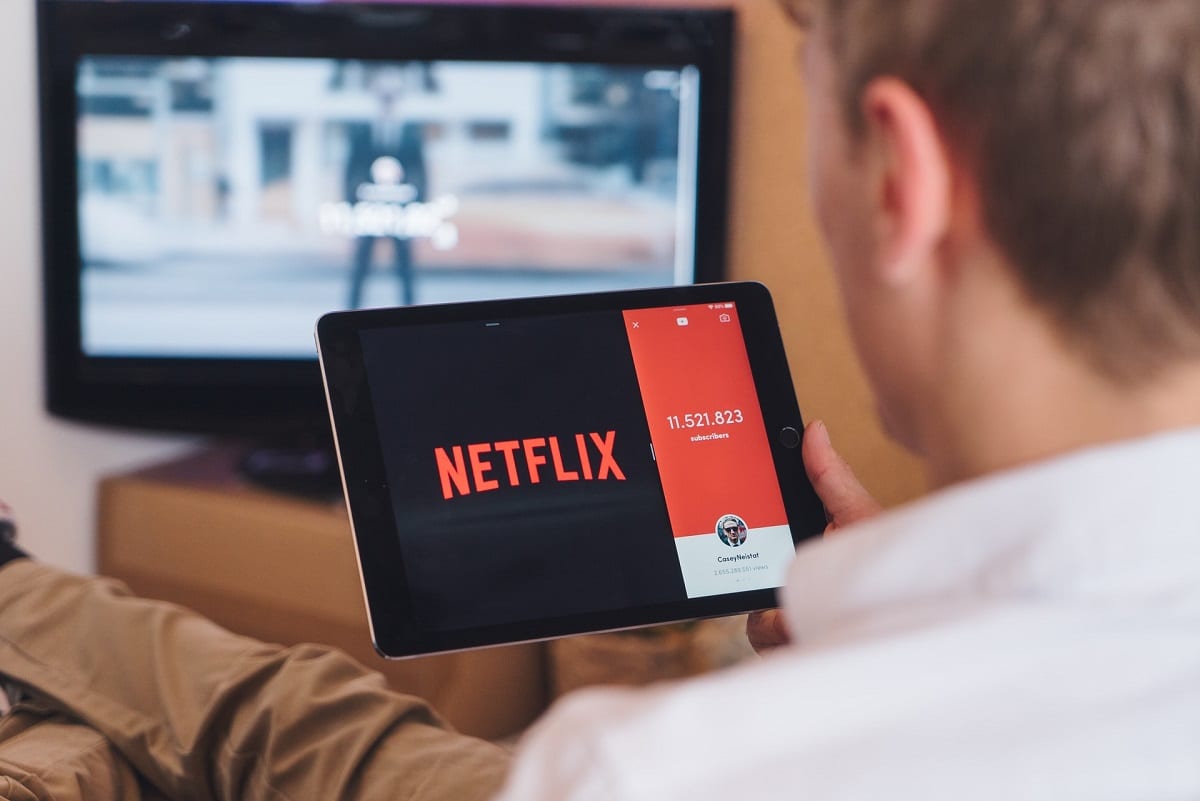


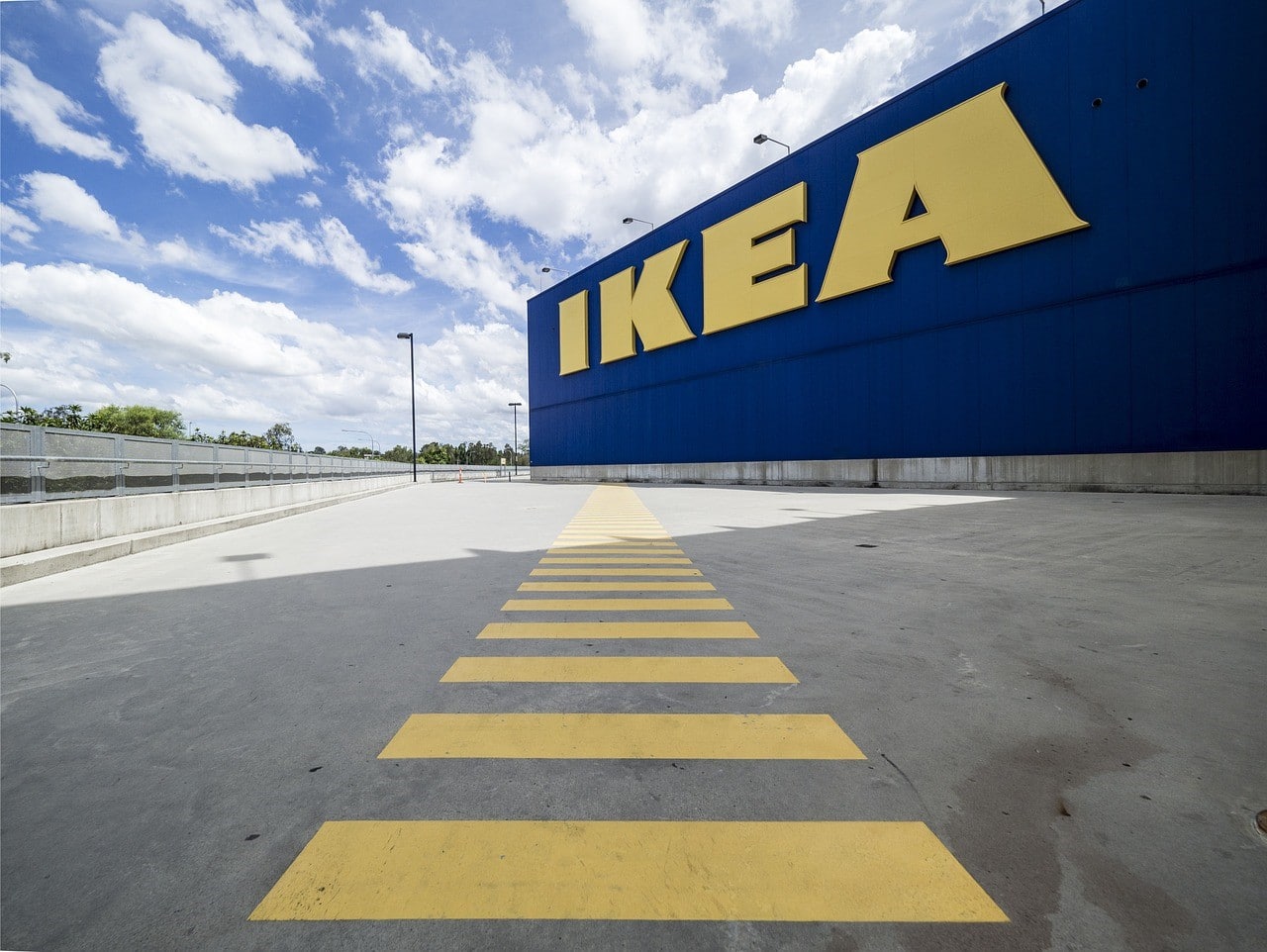
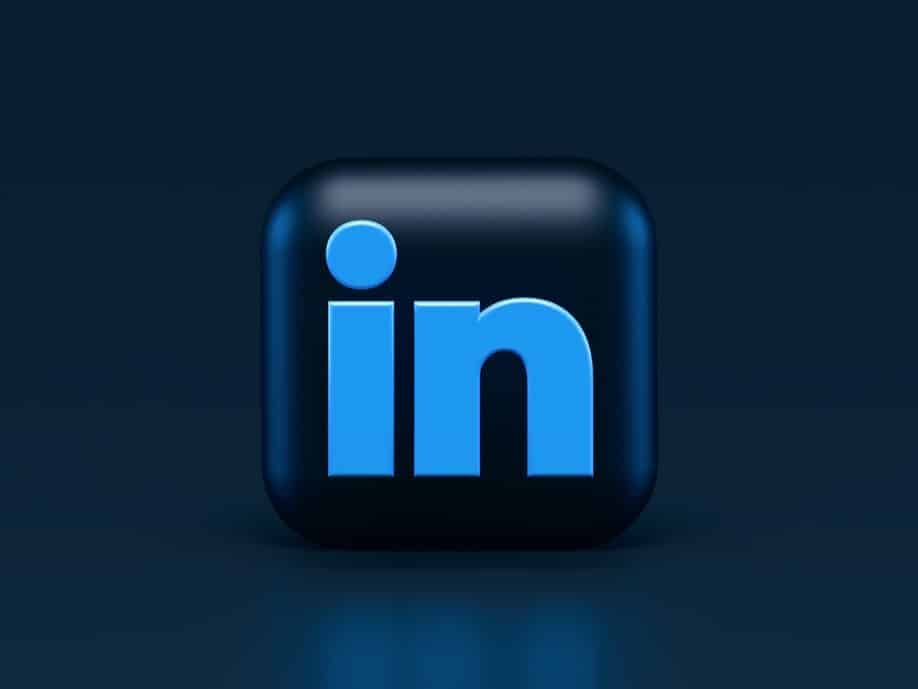



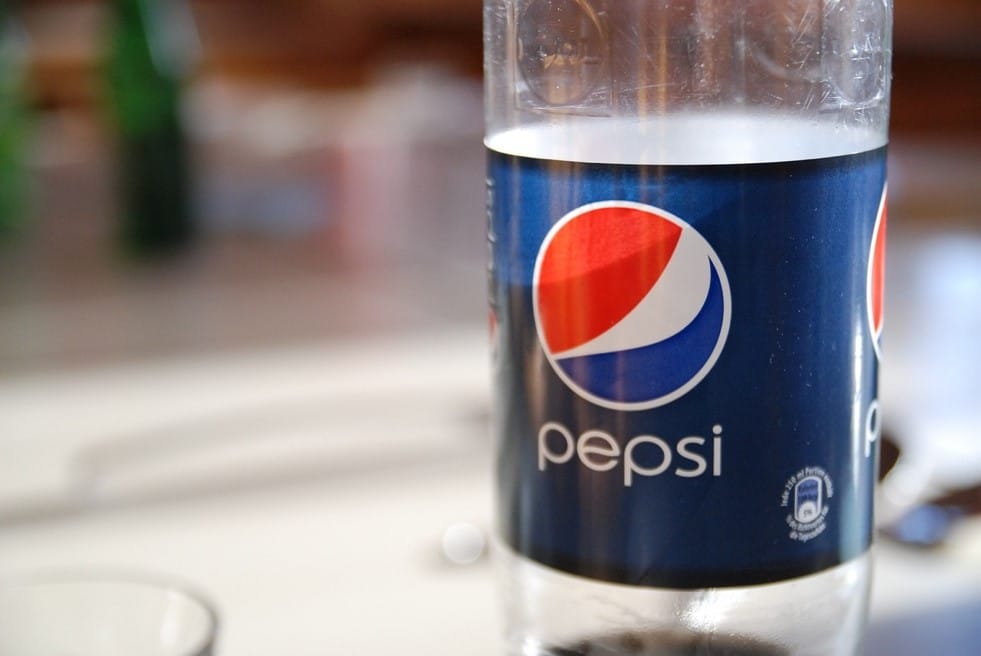
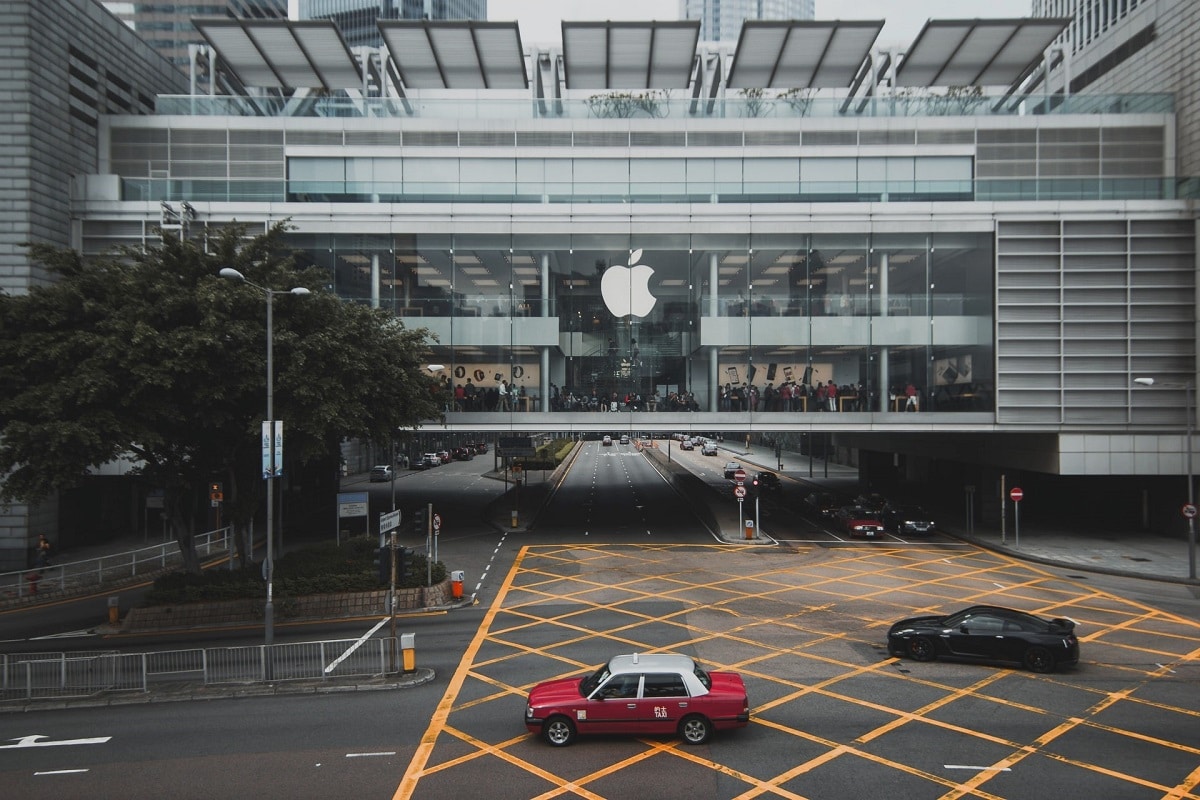
Add comment